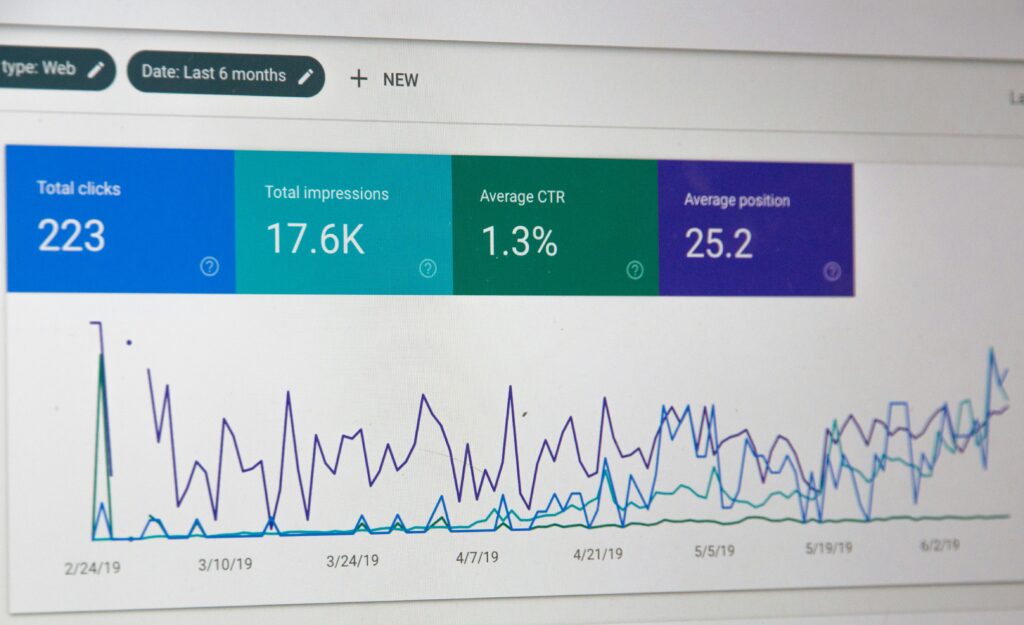What is Performance Marketing?
By 2025, traditional advertising alone isn’t enough for measurable business growth. Advertisers are looking for a more data-driven, performance-based approach — performance marketing. Performance marketing is either a formula, or a method, in which advertisers only pay when a specific action has been completed such as a sale, lead, and/or click. Whether you are a digital marketer, business owner, or student, if you know what performance marketing is, and know how to apply it asynchronously, then this will redefine your online growth strategy. This simple guide will breakdown everything you need to know about performance marketing…in 2025!

Performance marketing is a form of digital advertising in which brands only pay for quantifiable outcomes — such as clicks, conversions, or sales — but not impressions or reach. In contrast to common marketing that involves initial investment, performance marketing relies on pay-per-performance structures.
It encompasses channels such as:
- PPC (Pay-Per-Click) advertising
- Affiliate marketing
- Influencer collaborations
- Social media marketing
- Native and display advertising
Tools to Employ in Performance Marketing
Here are some useful tools:
| Tool | Purpose |
|---|---|
| Google Ads | Search & display advertising |
| Meta Business Suite | Facebook & Instagram Ads |
| Semrush / Ahrefs | Keyword & competitor research |
| Hotjar | Track user behavior |
| GA4 | Measure conversions & behavior |
| Canva / AdCreative.ai | Create ad visuals |
Why Is Performance Marketing Trending in 2025?
Here are some of the top reasons why performance-based marketing is more relevant than ever in 2025:
Efficiency in budget: You only pay for results, not for assumptions.
Measurable ROI: Each rupee spent can be traced and measured.
Scaling: Once you have a profitable ad campaign, you can easily scale it.
Integration with AI: Google Ads and Meta Ads now integrate AI-powered optimization for improved targeting.
Keyword Tip: Most are looking for “performance marketing strategy 2025” or “how to scale performance campaigns.” Use such long-tail keywords as your headings and subheadings.
Key Components of a Performance Marketing Strategy
Let’s explore the core elements involved in a successful performance marketing strategy:
1. Clear Goals & KPIs
Start with defining the outcomes you want:
- Leads
- Sales
- App installs
- Email signups
- Webinar registrations
Set KPIs like cost-per-click (CPC), cost-per-lead (CPL), return on ad spend (ROAS), etc.
2. Audience Targeting
Use platforms like Meta, Google, or LinkedIn to create laser-focused audiences based on:
- Demographics
- Interests
- Behavior
- Past engagement
3. Channel Selection
Popular channels for performance-based campaigns include:
- Google Ads (Search & Display)
- Meta Ads (Facebook + Instagram)
- Affiliate platforms (CJ, Impact, ShareASale)
- Influencer platforms (e.g., Upfluence, AspireIQ)
4. Compelling Creatives
Performance ads require A/B testing of images, ad copy, CTA buttons, and landing pages. Use tools like Canva, AdCreative.ai, or even ChatGPT to test variations.
5. Conversion Tracking & Analytics
You must integrate conversion tracking using:
GA4 (Google Analytics 4)hat works and improving what doesn’t.
Google Tag Manager
Facebook Pixel
Types of Performance Marketing
Let’s examine the four broad categories of performance marketing:
1. PPC Advertising
Pay-Per-Click is the most common form. You pay every time someone clicks on your ad (Google Ads, Bing Ads, etc.).
✅ Best For: Lead generation, e-commerce sales
2. Affiliate Marketing
You work with third-party publishers who promote your product. You pay them a commission for each sale or lead.
✅ Best For: SaaS, digital products, e-commerce
3. Influencer Marketing
Micro and nano influencers are paid based on engagement, leads, or sales — not just for posting.
✅ Best For: D2C brands, fashion, fitness, lifestyle
4. Native & Display Ads
Ads that blend into websites or appear as recommendations (e.g., Taboola, Outbrain). You pay per click or per engagement.
✅ Best For: Awareness + traffic 2025″, “display ads performance”
Benefits of Performance Marketing
Still wondering why performance-based advertising matters? Here are the key benefits of performance marketing:
🧠 Better targeting: Platforms use AI and machine learning
💸 Budget-friendly: Lower upfront cost
📊 Data-driven decisions: Real-time performance data
⚡ Fast scaling: High-performing campaigns can be scaled instantly
🔁 Real-time optimization: Adjust campaigns on the go
Challenges Facing Performance Marketing
It ain’t all sunshine. Some of the challenges to keep in mind are:
- 🧩 Ad fatigue: Creative burnout if you don’t rotate ads
- 💡 Algorithm dependency: Reliance on platform optimization
- ⌛ Time-intensive: Requires regular testing and optimization
- 🔐 Data privacy laws: GDPR, India’s DPDP Act, and cookie tracking limitations
How to Begin Your First Performance Marketing Campaign
Select a goal (sales, leads)
Select a platform (Google, Meta)
Design ad creatives (image, video, text)
Launch campaign and specify daily budget
Monitor conversions using tags/pixels
Optimize every 2–3 days to lower CPC/CPL
Conclusion:
Is Performance Marketing Suitable For You?
In today’s digital SEO world, performance marketing is not just a buzzword — it’s a powerful way to spend smarter and get real, measurable results. Whether you’re an agency, startup, or individual, learning how to create a performance-driven campaign is a must in 2025.
Final Tip: Start small, test continuously, and scale what works. Performance marketing rewards patience and optimization.
this is proper guide for performance marketing.
Pingback: Start a Career in Digital Marketing with No Experience